NASA Just Discovered A Planet Even Better for Life Than Earth
One of them was found in 2019 and called Teegarden B. This is a super Earth [Mass: 1.05 Earths] orbiting an M-type star every 4.9 days at a distance of 0.0252 AU.
The Teegarden's Star is one of the closest stars to our solar system located about 12.4 light-years away from us. And although the red dwarf is 10 times less massive than our sun, and has a temperature of just about 2,700°C [5,000°F], it can still provide enough heat for its two planets [Teegarden b Teegarden c].
The two exoplanets are similar to the inner planets in our solar system and are only slightly more massive than Earth. Both of them are situated in the habitable zone where liquid water can exist, but Teegarden b seems much more promising, and here's why.
Teegarden B
Super Earth
Exoplanet
M-type star
Orbit
2019 discovery
Mass: 1.05 Earths
Distance: 0.0252 AU
Teegarden's Star
Closest stars
12.4 light-years
Red dwarf
10 times less massive
Temperature: 2,700°C
Heat source
Two planets
Teegarden c
Inner planets
Solar system
Habitable zone
Liquid water
Promising
Discovery
Solar neighborhood
Astrophysics
Astronomy
Celestial bodies
Space exploration
Cosmic discoveries
Stellar systems
Planetary science
Space exploration
Extraterrestrial worlds
Interstellar research
Star systems
Celestial bodies
Exploration milestones
Cosmic proximity
Planetary atmospheres
Stellar classification
Stellar neighbors
Galactic neighborhood
Astronomical data
Planetary characteristics
Planetary exploration
Exoplanetology
Space discoveries
Telescopic observations
Red dwarf stars
Solar radiation
Astrophysical phenomena
Celestial discoveries
Cosmic environments
Space science
Extraterrestrial environments
Star mapping
Celestial mapping
Cosmic proximity
Planetary systems
Planetary atmospheres
Telescopic advancements
Space missions
Exoplanet research
Habitable exoplanets
Planetary conditions
Astrobiology
Teegarden system
Stellar heat
Interstellar distances
Planetary potential
Solar system exploration
Exoplanet atmospheres
Celestial exploration
Astronomical breakthroughs
Cosmic analysis
Space technology
Stellar observations
Cosmic warmth
Exoplanet habitability
Stellar neighbors
Galactic survey
Teegarden's planetary system
Celestial comparisons
Space knowledge
Solar research
Planetary orbits
Teegarden system dynamics
Stellar characteristics
Cosmic distances
Planetary potential
Extraterrestrial conditions
Celestial habitats
Stellar classifications
Teegarden system exploration
Galactic proximity
Celestial spheres
Planetary proximity
Astronomical constants
Spacefront discoveries
Astronomical wonders
https://rumble.com/v3ym6lq-spacex-and-nasa-will-set-up-moon-base-this-is-how...html
-
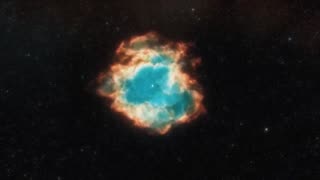 13:09
13:09
Space travel
1 year agoNASA Discovered A Planet Even Better for Life Than Earth_1080p
2 -
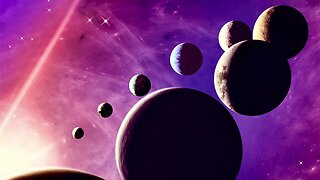 1:35
1:35
Knowledge Land
1 year agoOver 5,000 Exoplanets Discovered by NASA...and more to come
154 -
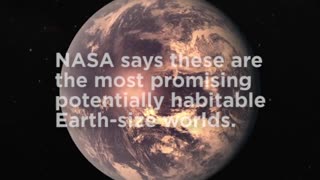 0:41
0:41
OuterPlaces
6 years ago $13.84 earnedNASA Discovered Seven Earth-Like Planets That Can Support Life
12.4K1 -
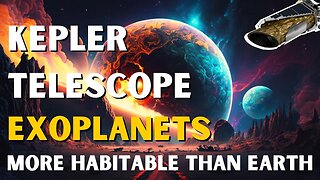 3:38
3:38
Dailydoseoffact
1 year ago $0.02 earnedNASA's Kepler Telescope Unveils Exoplanets More Habitable Than Earth
189 -
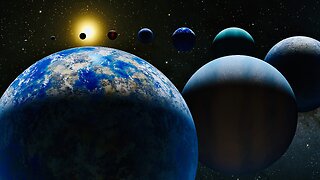 1:35
1:35
Seeker Land
1 year agoNASA Confirms Over 5,000 New Planets Found...And Counting
193 -
 6:41
6:41
SweetHomeStAugustine
8 months agoNASA Has Just Discovered the Strongest Proof of Alien Life
146 -
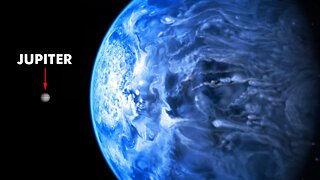 20:18
20:18
Future Space
1 year agoScientists Just Discovered The Largest Planet In The Universe!
4831 -
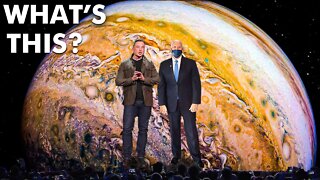 9:42
9:42
Future Space
1 year agoElon Musk & NASA's Terrifying NEW Discovery On Jupiter Changes Everything!
355 -
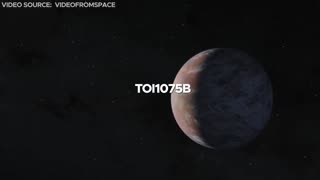 11:18
11:18
Funny videos
8 months agoNASA DISCOVER A NEW PLANET
23 -
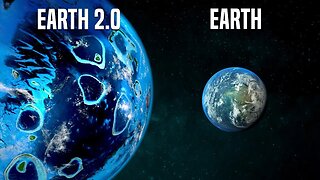 28:06
28:06
MYSTERIOUSREALITIESNOW
11 months agoUnearthed Realities NASA Exoplanet Discovery Uncovers Super Habitable Worlds
66